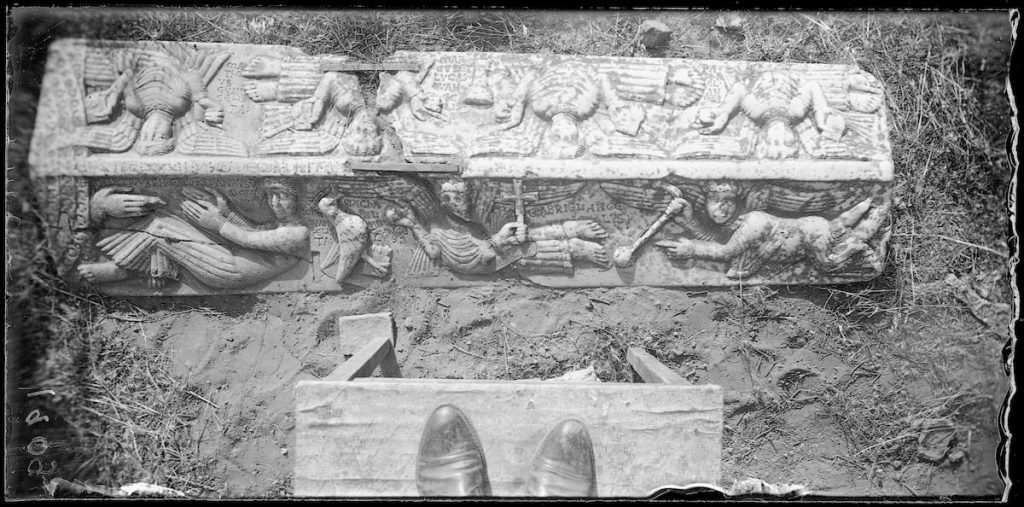The story uncovered by art historian Francisco Prado-Vilar reveals a web of international intrigue in the first half of the 20th century, involving American scholars and dealers who exploited the political turmoil in Spain to acquire and export medieval treasures from debt-ridden convents without attracting too much attention. Arthur Byne, a renowned art dealer, played a key role in these transactions, orchestrating the removal of valuable pieces like the sepulchral slab of Alfonso Ansúrez from Spain to the Museum of Fine Arts at Harvard University. Despite his involvement, Byne took great care to keep his name out of the public eye, as seen in a revealing letter to Paul Joseph Sachs, the subdirector of the museum.
The intricate negotiations surrounding the acquisition and return of these treasures shed light on the shady dealings that took place during this period, with Spanish officials exchanging valuable artifacts like the Ansúrez slab for compensation from the Americans. The case of the Lauda of Alfonso Ansúrez, originating from Sahagún, León, serves as a focal point in this saga, as Spain ultimately reclaimed the artifact through a negotiation process that involved giving up other valuable pieces. The behind-the-scenes machinations of individuals like Byne and Sachs highlight the complex interplay between cultural preservation, financial gain, and international relations in the art world.
Through the discovery of previously unpublished letters and documents, Prado-Vilar reconstructs the fascinating history of the columns from the monastery of San Paio de Antealtares in Santiago, which were dispersed and partially lost in the tumultuous events of the time. These architectural elements, sought after by scholars at Harvard, exemplify the intersection of academic pursuit and economic exploitation that characterized the relationship between American collectors and Spanish cultural heritage sites during this period. The illicit acquisition and trade of these artworks reflect a dark chapter in the history of art trafficking and cultural appropriation.
The saga of the San Paio de Antealtares columns serves as a microcosm of the larger narrative of art theft and cultural heritage preservation in Spain during the early 20th century. Prado-Vilar’s research sheds light on the intricate web of relationships and power dynamics that shaped the fate of these valuable artifacts, from their initial removal from Spanish convents to their eventual return through diplomatic negotiations. The story of the columns’ journey from Spain to Harvard and back again reveals the complex interplay between art, politics, and international commerce in the historical context of this turbulent period.
In tracing the odyssey of these medieval treasures, Prado-Vilar unravels a tale of intrigue, deception, and cultural exchange that transcends borders and time periods. The discovery of new evidence and archival materials sheds light on the shadowy world of art dealers and scholars who exploited the chaos of the early 20th century to acquire valuable artifacts from Spain’s rich cultural heritage. By connecting the dots between disparate pieces of the puzzle, Prado-Vilar offers a nuanced and compelling account of the complex web of relationships that shaped the fate of these priceless treasures, illuminating a little-known chapter in the history of art theft and cultural heritage preservation.


